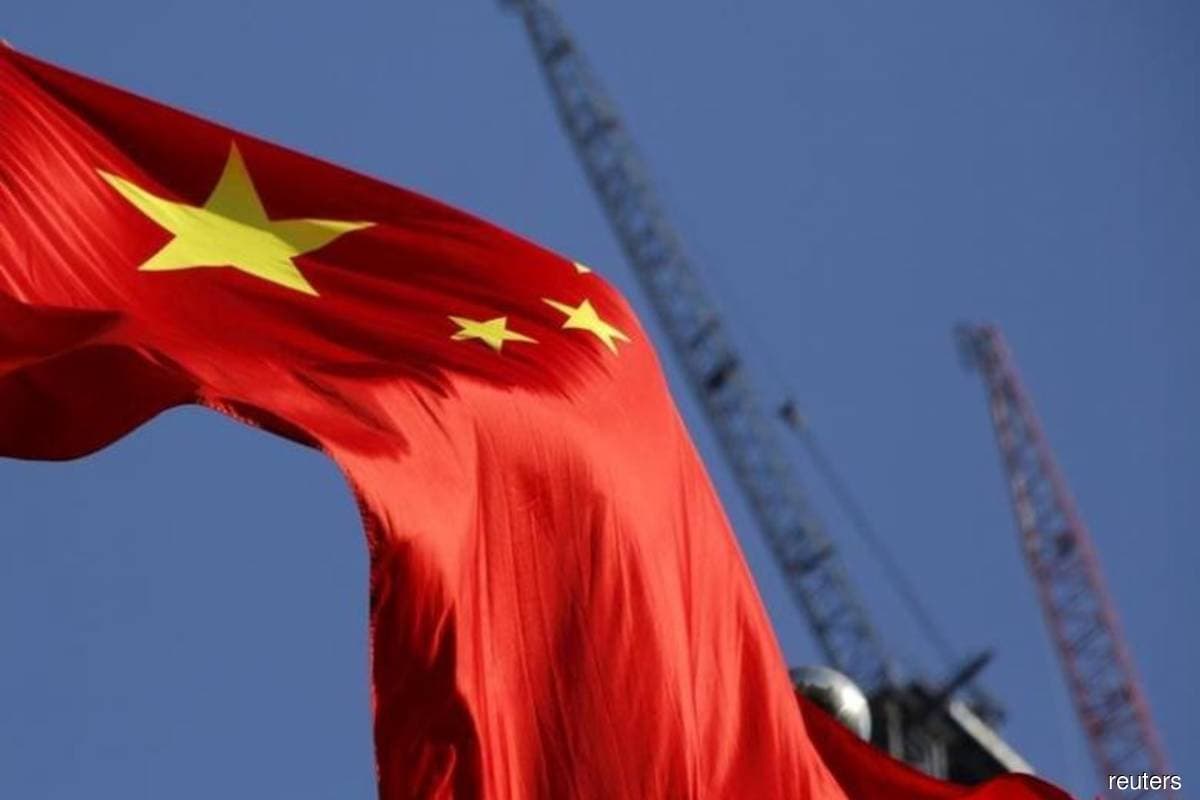
KUALA LUMPUR (Sept 27): China is looking to pump up oil and gas (O&G) production in the years ahead to meet climbing domestic demand and reduce the record-high share of imports in its oil consumption.
According to Norway-based independent energy research and business intelligence company Rystad Energy, spending is expected surge until 2025, which will be accompanied by a drilling spree totalling 118,000 wells that will create significant opportunities for suppliers.
In a report released on Sept 24, Rystad said China’s national oil companies (NOCs) are expected to splurge more than US$120 billion (about RM502.02 billion) on drilling and well services in the five-year period of 2021-2025, seeking to meet rising oil and gas demand.
It said that at the same time, the country aims to supply more of its oil demand from domestic sources after the share of imported crude oil rose steadily from 2014 to a high of almost 75% last year.
To be exact, CNPC, CNOOC and Sinopec together are expected to spend about US$123 billion on drilling and well services in the coming five-year period, up from a total of US$96 billion between 2016 and 2020.
Rystad said as a result of China’s O&G demand growth, drilling activity in the country is expected to remain intense in years to come, with the cumulative number of development and exploration wells drilled between 2021 and 2025 expected to reach 118,000.
It said development wells will account for 88% of the total and exploration wells will make up the remaining 12%.
Rystad energy research analyst Peng Li said despite a strong policy push to electrify transport, China is still expected to use oil products to fuel its hundreds of millions of cars, buses and trucks for the next five years at least.
"Although the country’s electric vehicle (EV) market is projected to achieve a 20% market share by 2025, internal combustion engine vehicles are expected to account for most of China’s transport needs and to provide a backbone for oil demand through 2025,” said Li.
The report said Chinese oil production fell from 1.55 billion barrels in 2014 to 1.43 billion barrels in 2020.
Domestic oil production was able to meet just over a quarter of China’s domestic oil needs in 2020, with the remaining 74% met by imports, the highest level on record.
Given that just 2.4% of the world’s proven oil reserves are located in China, the scope for dramatically increasing domestic production is limited. China’s reliance on imports — and associated energy supply security concerns — has led the government to push its domestic E&P companies to find new reserves and increase domestic output.
Li said as state-owned entities, China’s major operators are not solely profit-driven.
“They also play an important and integrated role in social economics.
“So even in a less-favourable oil price environment, we expect Chinese NOCs to perform in line with government expectations and to continue to make an effort to shore up domestic supply,” said Li.
